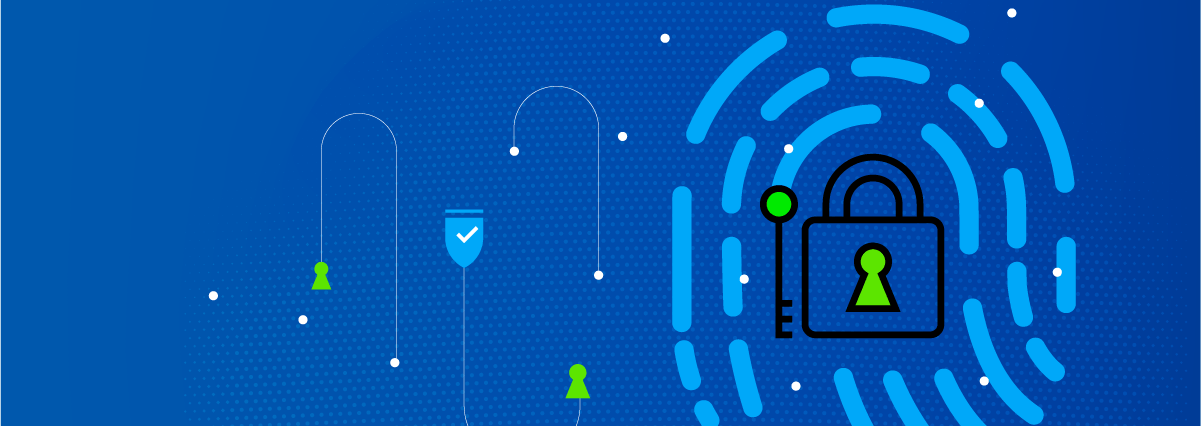How do you secure your WordPress website?
WordPress is the most popular Content Management System (CMS) in the world. Millions of people have created a website with WordPress and this number just keeps growing. WordPress is an open-source system that you can download for free and with which you can create a website exactly the way you want it. There are thousands of plugins and themes on the market that you can choose from to customize your website. However, this popularity also attracts hackers who have it a little easier due to the great diversity of (bad) themes and plugins.
The size and popularity of your website don’t matter to hackers. They can use your space to send spam mail or to link your website to another that they make money from. And you don’t want that. That is why it is important to secure your WordPress website. A strong password is no longer sufficient for this. How do you secure your website? Here are a few tips.

Table of Contents
Host your website with a secure host
A host for your website is very important for speed and support, for example, but also for security. To prevent a hack, it is important that your website is housed in a safe environment. It is therefore better to invest in a slightly more expensive host that has better organization. When choosing a host, make sure that it supports the latest versions of PHP and MySQL database and whether it conducts automatic and frequent backups. When choosing a host, ALWAYS check the ratings. Additionally, set up two-factor authentication for your account.
Choose a strong password
Everyone knows this one, of course, but not everyone does it. You can, of course, make up your own password but you can also have a strong password generated by WordPress. To do this, go to Users ⇒ Your profile ⇒ Scroll down to User management. You can also use a password manager to store your passwords.

Do not use a standard username such as ‘admin’
Most of us still have the username ‘admin’, the name of their website or their own name as a login. Please change this immediately! Every hacker will try the default name first, so the hacker could already be halfway there to get into your website. Have you already installed WordPress and still entered admin or your own name as the username? Then change it.
Change the URL you use to log in to WordPress
In addition to your username and password, the URL that takes you to the login screen where you have to enter your username and password is also important. By default, this is, for example, website.com/wp-login or website.com/wp-admin. Every hacker knows this and will try to log in here first. It is also best to change the address of the login page.
Limit the number of login attempts
With the above tips, you are already well on your way to securing your website but now a hacker can still make thousands of attempts to log in. Or rather: the computer that automatically hacks will continue trying indefinitely. There are several plugins you can install to prevent this.
Scan your website
The Wordfence plugin is ideal for this. It scans your website every day and if something strange is found, the plugin will let you know. This way you stay immediately up-to-date on what’s going on on your website.